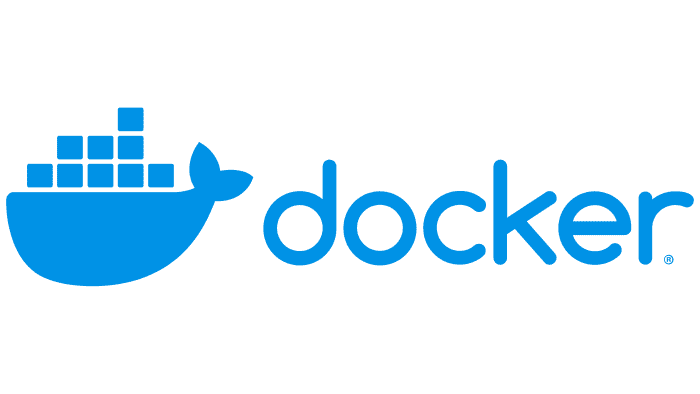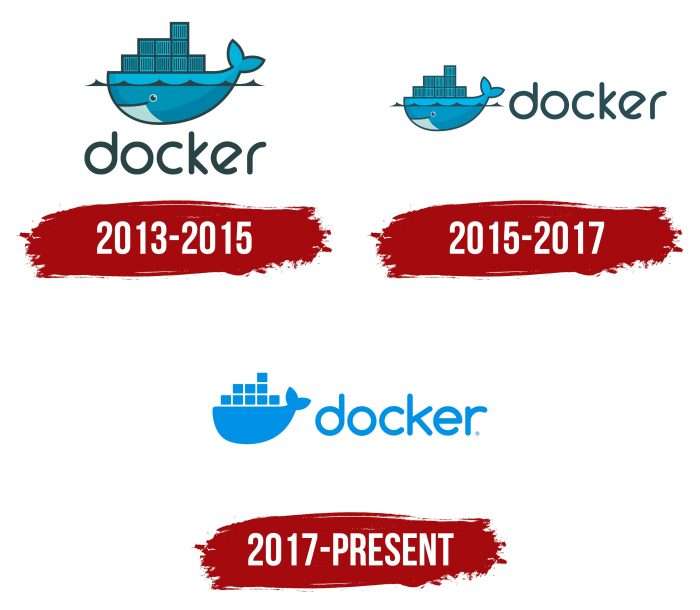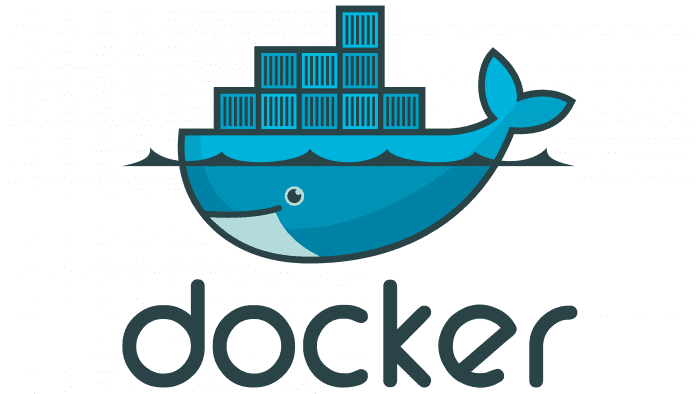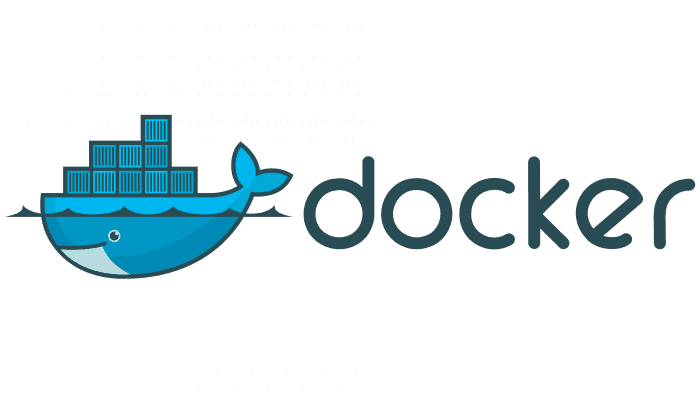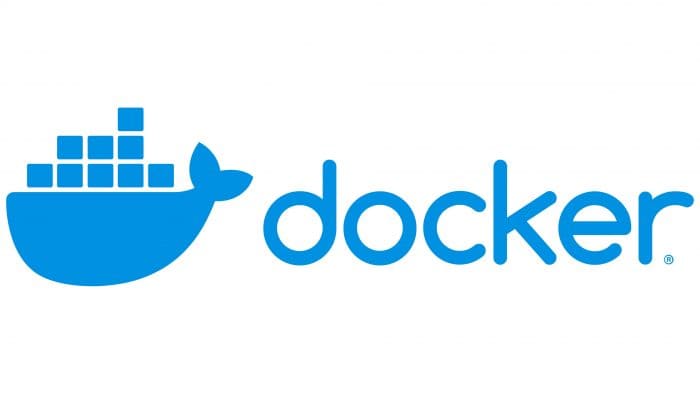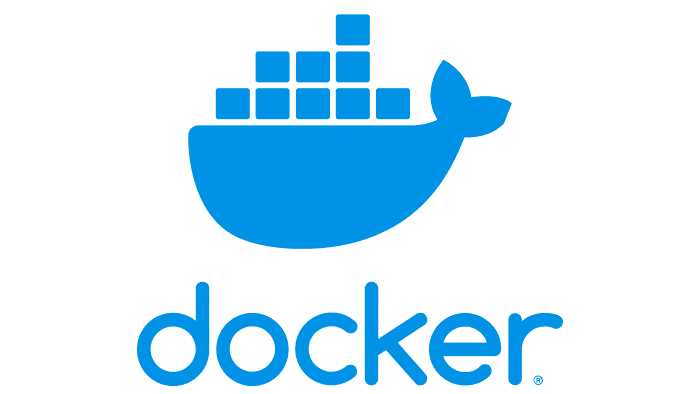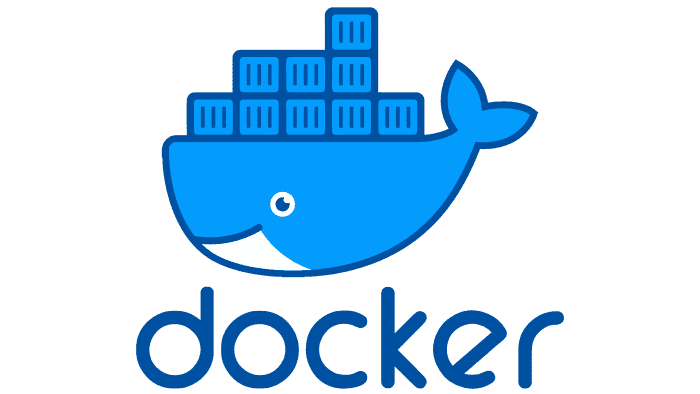The emblem demonstrates openness and orderliness. The Docker logo symbolizes software that combines a huge amount of organized information, hinting at convenience and ease of work.
Docker: Brand overview
| Founded: | March 20, 2013 |
| Founder: | Docker, Inc. |
| Headquarters: | United States |
| Website: | docker.com |
Meaning and History
Although the application’s official release date is 2013, its foundation was laid much earlier. In 2008, Solomon Hykes in France began creating a public PaaS platform supporting several programming languages. Moreover, the startup began within the author’s dotCloud company.
Hykes worked with Hykes on the initial project by his firm’s employees Andrea Luzzardi and François-Xavier Bourlet. The renaming of the progressive platform to Docker happened in the second half of 2013 due to the transition to the latest technology. However, the old name of the PaaS site itself has been retained. A logo redesign followed each milestone to convey the essence of progressive implementations accurately. In total, three logos were used.
What is Docker?
It is a software corporation. Its predecessor is dotCloud, Inc.
2013 – 2015
The developer of the debut symbol is the freelance studio 99designs. She provided the company with 84 prototypes of the logo, of which Docker preferred a drawing by Ricky Asamanis of Indonesia. It depicts a huge blue whale with a flat back, where containers are stacked in three rows. The lower part of the animal is immersed in impromptu water, made in uniform dark-colored jagged waves. Keith smiles good-naturedly and wags his tail, which confirms the software’s friendliness. Below is the text part. A round font has been chosen as closely as possible to a whale’s shape.
2015 – 2017
In this version, all elements of the previous logo are preserved. The changes affected only their grouping. The designers moved the word “Docker” to the right, behind the whale icon loaded with containers. The color was also left old—blue in several variations.
2017 – today
The current logo is a schematic reworking of the debut version. The authors abandoned the details of the containers and the whale, focusing on the silhouettes. This indicates the application’s seriousness, which has become much better and more convenient. The elements now look more like geometric shapes. “Boxes” are made in cubes, separated by white lines, and the whale is recognizable only by its body shape. Some letters have also been corrected: for “c,” the ends are lengthened; for “k,” the location of the right leg is rearranged; “r” is supplemented with an upper stroke; and for “e,” the centerline is aligned horizontally.
Docker: Interesting Facts
Docker changed how we create and use software by making containerization popular.
- Beginning and Sharing: Docker was started in 2013 by Solomon Hykes at dotCloud. It was quickly loved because anyone could help improve it, making it better for everyone.
- What’s Containerization? Docker made it famous. Containerization means wrapping everything an app needs into a single package, so it works the same everywhere. It has changed how we develop and share software.
- Docker Hub: This is an online place to find and share these app packages. It makes it easier for developers to get and use these containers.
- Growing Fast: Docker became popular fast. Many people started using and contributing to it, making it a key tool for software developers.
- Better and Faster Workflows: Docker improved how software is updated and delivered, perfectly aligning with making these processes quicker and more reliable.
- More Tools: Docker didn’t stop at containerization. It created tools for managing multiple containers and an enterprise service for bigger projects, ensuring everything runs smoothly and securely.
- Moby Project: In 2017, Docker launched the Moby Project to encourage the community to collaborate on container technology, making it even more open to improvement.
- Microservices: Docker’s technology is perfect for building apps as small, independent services. This makes apps easier to manage, update, and scale.
- Cloud Computing: Docker is a big deal in cloud computing. It helps build apps that take advantage of the cloud’s benefits, such as flexibility and scale.
- Learning and Growing: Docker also offers training and certifications, helping people build careers in this exciting technology area.
In short, Docker’s way of bundling apps into containers has made software development easier and pushed the move toward using the cloud and microservices, making it a key technology in the tech world.
Font and Colors
The program and website identity evolved in parallel. However, the resource also considered the colorfulness and perspective to preserve the overall style of the logo and pages. The application’s label was flat; however, it changed due to technical improvements in software, moving from a friendly style to a professional one. Therefore, schematic contours, clear lines, and images without unnecessary details prevail. Simultaneously, several options are in use – both with the inscription’s horizontal and vertical position.
In the first two periods, they used an emblem of text with a modified Animo Medium typeface. It has rounded ends, and the center bar “e” is raised diagonally. The modern logo uses Comfortaa Bold by Johan Aakerlund.
The palette’s shades changed from faded to bright. If in the first versions of the logo, the blue of three pastel spectra (# 008bb8, # 039bc6, and # 24b8eb) prevailed, now there is only one bright shade: # 0091e2. Moreover, the company uses many blue and white combinations: the versions of the blue whale on a white background and white on blue are equally in demand.
FAQ
What is the meaning of the docker logo?
The logo, created by graphic designer Ricky Asamanis, features a whale carrying a stack of containers. The whale symbolizes strength and reliability, showing the robustness of Docker’s platform. The containers on the whale’s back represent Docker’s main function: managing and automating containerized applications.
These containers highlight encapsulation, the brand’s ability to package software, and its dependencies into a single unit. This ensures consistency across different environments, making it easier for developers to manage applications.
Simplification is another core value shown in the logo. The company simplifies the development process by providing a streamlined way to build, ship, and run applications, making it easy to use even for those new to containerization.
What is the color of the docker logo?
The logo uses specific colors from the brand’s primary palette: Moby Blue, Light Blue, Dark Blue, Black, and White. Each color helps maintain the brand’s visual identity.
Moby Blue is the main color, making the logo stand out and easily recognizable. Light and Dark Blues add depth and appeal. Off-black provides contrast, keeping the logo clear and readable. White highlights details, making elements pop.
Together, these colors create a strong and cohesive look. They ensure the logo is recognizable on different platforms.
Why is the Docker logo a whale?
The logo features a whale because it won a design competition by 99Designs when the company was called dotCloud, Inc. Ricky Asamanis, a graphic designer from Indonesia, created the logo.
The whale represents strength and reliability, highlighting Docker’s robust platform. It suggests transporting heavy loads, which fits the brand’s role in managing and automating containerized application deployment. The whale-carrying containers reflect the brand’s mission to simplify and automate application deployment, making complex processes easier.
What is a Docker official image?
A Docker official image is a template that contains an application and all the necessary components to run it. The brand curates and maintains these images to ensure quality, security, and performance.
Official images offer a reliable foundation for building and deploying applications. They include the application, its dependencies, libraries, and configurations. This ensures consistent performance across different environments, solving the “it works on my machine” problem.
These images are stored on Docker Hub, a cloud-based repository for finding, sharing, and managing container images. Docker’s official images undergo rigorous testing and are regularly updated for security and new features.
Official images cover a range of applications and services, including popular databases, web servers, programming languages, and development tools. This extensive library allows developers to find ready-to-use images for many common use cases, facilitating faster development and deployment cycles.
Can I use the Docker icon?
Using the icon or logo requires following specific rules set by Docker, Inc. The brand has strict guidelines to protect its image.
The logo can only be used with explicit permission from the brand. This helps keep the brand’s image and integrity intact. When using the logo, you must follow the brand’s guidelines, which detail how the logo should look, including size, color, and context.
Unauthorized use of the icon, suggesting endorsement or affiliation without permission, is strictly prohibited. This includes using the logo in marketing materials, websites, or products.
